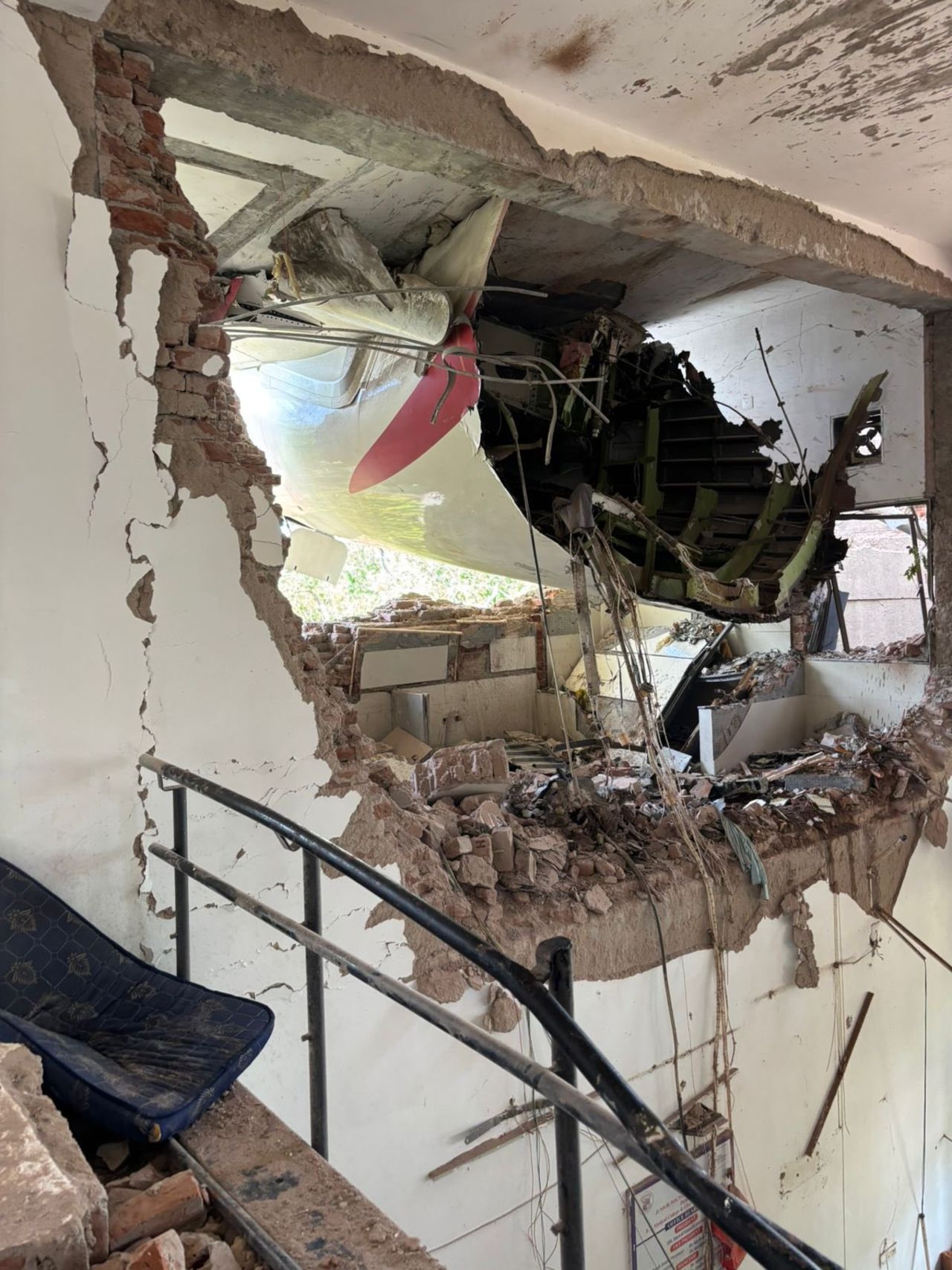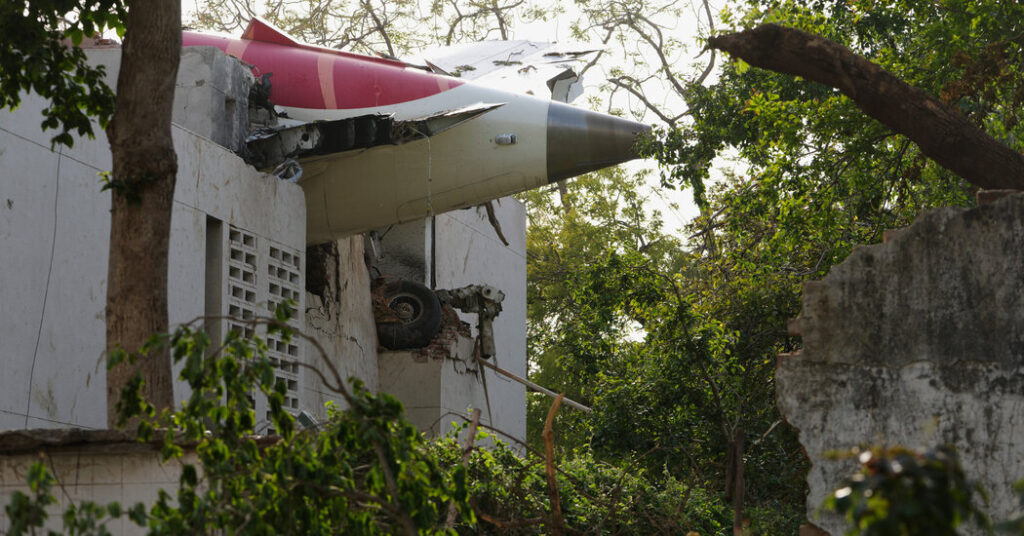In a devastating incident, Air India Flight AI171 crashed shortly after takeoff from Ahmedabad, India, en route to London Gatwick, resulting in one of the deadliest aviation disasters in recent history. This article compiles verified details about the crash, eyewitness accounts, expert analyses on potential causes, and the ongoing investigations being conducted.
Details of the Crash
On Thursday, at approximately 1:38 p.m. local time, Air India Flight AI171 took off from Sardar Vallabhbhai Patel International Airport. Within a minute of ascent, the aircraft, a Boeing 787-8 Dreamliner carrying 242 individuals including passengers and crew, lost contact and tragically crashed into a hostel housing medical students adjacent to the airport.

Initial reports indicate that the crash resulted in at least 290 fatalities, including some victims on the ground. Among the passengers was one reported survivor, a British national in seat 11A, whose status has sparked hope amidst the widespread tragedy.
The Response and Casualties
First responders raced to the scene following the crash, with reports confirming that bodies were being recovered from both the aircraft wreckage and the hostel, where many residents were injured or killed. Local hospitals received a surge of casualties, leading to an ongoing crisis for emergency services.
The identified survivor, Vishwashkumar Ramesh, reached out to family to ensure them of his safety, while concerns for approximately 41 others still remain as rescue operations continued throughout the day.
Expert Insights into the Possible Causes
As investigations unfold, aviation experts have begun analyzing videos captured during the flight’s last moments. Initial observations suggested an unusual descent pattern, contrasting the expected climb after takeoff. John Cox, a former airline pilot and aviation consultant, noted that the plane’s nose appeared elevated while it was still descending, indicating possible technical failures or pilot error.
- Technical issues including engine thrust loss.
- Potential pilot error or misconfiguration at takeoff.
- Environmental factors, including high temperatures affecting engine performance.
- Fuel-related complications, such as contamination.
The data from the flight’s black boxes will be crucial in piecing together the events leading to the crash. Experts agree that thorough analysis of this data will facilitate understanding of any mechanical issues and operational decisions made during the critical moments before impact.
The Investigation Process
The investigation is anticipated to take considerable time, involving multiple stakeholders, including Indian aviation authorities and international agencies such as the U.S. National Transportation Safety Board (NTSB) and the U.K. Air Accidents Investigation Branch (AAIB).
“The goal is to identify safety-critical issues to prevent future tragedies.” – Greg Feith, former NTSB investigator.
Authorities will meticulously analyze all data and evidence, including pilot communications and engine performance metrics, to draw conclusions about the flight’s final status.
Community and Corporate Support
The crash has prompted an outpouring of support from local communities and corporate entities. Tata Group, the parent company of Air India, has pledged a substantial compensation package to the families of the deceased, reflecting a commitment to assist those affected by the tragedy.
The international community has expressed solidarity with the victims’ families. The U.K. Foreign Secretary established crisis teams to help support British nationals and their relatives during this enormously challenging time.
Looking Forward
The coming days and weeks are critical as both emotional and technical reviews will take place. The investigation outcome will significantly influence aviation safety protocols and operational standards in the industry.
The global aviation sector is keenly observing these developments, emphasizing the need for robust safety measures and preparedness for potential crises to safeguard future travels.
As the story unfolds, updates will be crucial in shaping the narrative surrounding this catastrophic event, and thorough insights from investigators will eventually bring to light the precise factors that contributed to this incident.
Conclusion
The sorrow rippling from the crash of Air India Flight AI171 will resonate for ages, illuminating not just the fragility of safety in air travel, but highlighting the resilience of communities as they join together in solidarity, remembrance, and support for those affected by this catastrophe.

